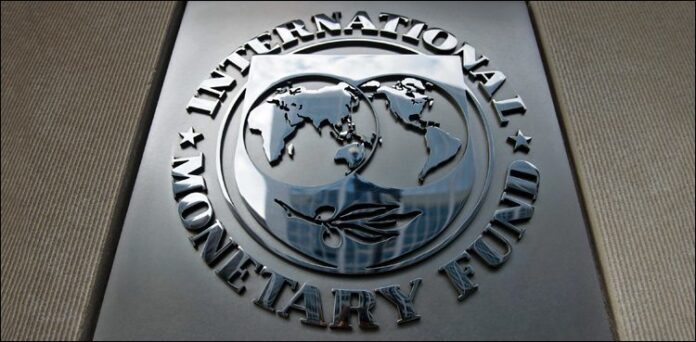ISLAMABAD: The International Monetary Fund (IMF) has said that the Covid-19 pandemic has exacerbated existing debt vulnerabilities of Pakistan and led to a surge in its financing needs.
According to the IMF, across the Middle East, North Africa, Afghanistan and Pakistan (MENAP), countries responded to the Covid-19 pandemic with unprecedented scale and urgency. While this strong response helped save lives and cushion the economic blow, it also exacerbated existing debt vulnerabilities and led to a surge in financing needs.
According to the IMF, many countries were already facing high debt. With limited access to external financing, governments and large state-owned enterprises turned to domestic banks. This expanded banks’ exposure to the public sector in several of MENAP’s emerging markets — ranging from over 20 per cent of total banks’ assets in Iraq, Jordan, and Qatar, to above 45 per cent in Algeria, Egypt, and Pakistan, and up to 60 per cent in Lebanon.
Banks’ excess liquidity in some countries and an underdeveloped institutional investor base in others, together with the lack of a more vibrant private sector, have created incentives for banks to hold government bonds until maturity, hindering domestic debt market liquidity and development.
The collapse in economic activity led to losses in fiscal revenues. These higher deficits, combined with the economic slowdown, resulted in a 7 percentage-point average increase in debt-to-GDP ratios.
Though one-third of MENAP countries tapped international financial markets, the governments in Egypt, Jordan, Pakistan, and Tunisia covered more than 50 per cent of their public gross financing needs with domestic bank financing in 2020.
According to the IMF, public gross financing needs of these countries are projected to rise to a total of $1,044 billion in 2021–22, from $780 billion in 2018–19. Financing needs during 2021–22 are expected to remain above 15 per cent of GDP, on average, in most MENAP’s emerging markets, albeit with limited needs from external debt amortisation (about 4 per cent of GDP).
Moreover, the Regional Economic Outlook estimates that budgetary needs could be further exacerbated by 3 per cent of GDP under a potential shock scenario involving rapid tightening of global financial conditions along with delayed fiscal adjustment due to a protracted recovery.
If domestic banks fund these unexpected needs, in addition to the expected financing needed during 2021–22, Egypt, Oman, Pakistan, and Tunisia would absorb an additional 10 to 23 per cent of banks’ assets as government debt by the end of 2022. As a result, Egypt and Pakistan’s banks could reach levels of public sector exposure similar to those currently seen in Lebanon.
The IMP proposed that the countries will need credible and clearly communicated medium-term fiscal and debt management strategies. Countries with limited or no fiscal space will need to initiate growth-friendly consolidation plans as the crisis subsides. In countries with market access, policymakers should work to proactively mitigate rollover and refinancing risks.
Engaging in liability management operations can improve terms on existing debt and the medium-term debt profile. Developing domestic capital markets, gradually broadening the investor base, and expanding banks’ opportunities to diversify their assets, including from further progress on financial inclusion, would help reduce risks from banks’ overexposure to the state.
Over the medium term, policymakers could introduce changes to banking regulations to reduce the existing bias of banks’ asset portfolios toward government bonds.






















